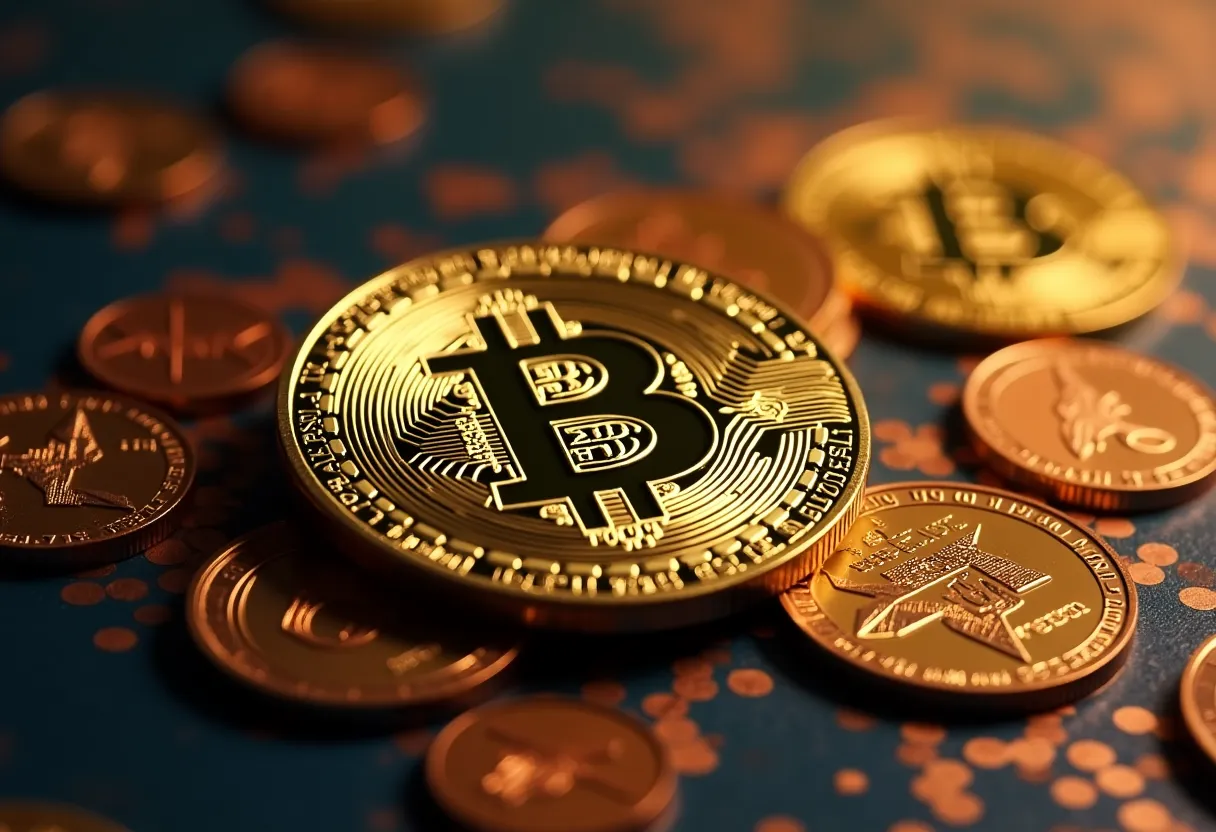Understanding Bitcoin’s Potential as an Inflation Hedge
As inflation continues to be a pressing concern globally, many investors are exploring alternative assets to safeguard their wealth. Among these alternatives, Bitcoin has emerged as a popular contender, with proponents arguing that it could serve as a robust hedge against inflation. In this article, we will delve into how Bitcoin could potentially flex its inflation-fighting muscles, helping investors navigate the turbulent waters of rising prices.
The Mechanics of Inflation
Before we explore Bitcoin’s potential as an inflation hedge, it is vital to understand what inflation is and how it affects the economy.
Inflation refers to the general increase in prices of goods and services over time, leading to a decrease in purchasing power. When inflation rises, each unit of currency buys fewer goods and services, which can erode savings and destabilize economies.
Why Inflation Matters
Understanding the implications of inflation is crucial for investors:
The Rise of Bitcoin as a Financial Asset
Bitcoin, introduced in 2009, was designed as a decentralized digital currency. Over the years, it has gained traction not just as a medium of exchange but also as a store of value akin to gold.
The Scarcity Factor
A key characteristic of Bitcoin that supports its potential as an inflation hedge is its scarcity.
Bitcoin has a capped supply of 21 million coins, which means that no more can ever be created. This limited supply contrasts sharply with fiat currencies, which can be printed in unlimited quantities by central banks. As more investors turn to Bitcoin in times of economic uncertainty, its scarcity may drive up demand and, consequently, its price.
Decentralization and Independence
Another significant factor is Bitcoin’s decentralized nature. Unlike traditional currencies, which are subject to government policies and interventions, Bitcoin operates on a peer-to-peer network that is not controlled by any central authority.
This independence from government manipulation makes Bitcoin an attractive option for those looking to protect their wealth from inflation-driven currency devaluation.
Historical Performance of Bitcoin During Inflationary Periods
To understand Bitcoin’s potential as an inflation hedge, it is essential to analyze its historical performance during inflationary periods.
Past Trends and Data
1. **2013 Surge**: Bitcoin experienced a significant price surge during the inflationary period in 2013, when the Federal Reserve implemented quantitative easing measures. This led to increased interest in Bitcoin as a potential store of value.
2. **2020 Economic Crisis**: The COVID-19 pandemic triggered unprecedented monetary stimulus, leading to rising inflation concerns. Bitcoin’s price surged to new all-time highs in late 2020 and early 2021, reflecting its growing status as a hedge against inflation.
3. **Current Economic Climate**: With inflation rates reaching levels not seen in decades, many investors are once again looking to Bitcoin as a potential refuge. Its performance in 2021 and 2022 has drawn attention, with many speculating whether it can sustain its value amidst ongoing economic challenges.
Bitcoin vs. Traditional Inflation Hedges
While Bitcoin has garnered attention as an inflation hedge, traditional assets such as gold, real estate, and stocks have long been considered safe havens during inflationary periods.
Comparative Analysis
– **Gold**: Gold has historically been viewed as a safe-haven asset. However, it often requires physical storage and can incur high transaction costs. Bitcoin, on the other hand, is easily transferable and can be stored securely in digital wallets.
– **Real Estate**: Real estate can provide a hedge against inflation through rental income and property appreciation. However, it involves significant upfront investment and maintenance costs, making it less accessible to many investors compared to Bitcoin.
– **Stocks**: While equities can offer growth potential, they are also subject to market volatility and economic downturns. Bitcoin presents an alternative that can diversify a portfolio without the same level of market risk.
Challenges and Considerations
Despite the potential benefits of using Bitcoin as an inflation hedge, it is essential to consider the associated challenges and risks.
Market Volatility
Bitcoin’s price can be highly volatile, which may deter some investors from using it as a stable store of value. The rapid fluctuations in price can lead to potential losses if not managed carefully.
Regulatory Environment
The regulatory landscape surrounding cryptocurrencies is continually evolving. Changes in regulations can impact Bitcoin’s adoption and use, adding another layer of uncertainty for investors.
Technological Risks
As a digital asset, Bitcoin is subject to technological risks, including hacking and system failures. Investors must be vigilant about securing their assets and staying informed about potential vulnerabilities.
Conclusion: Is Bitcoin the Future of Inflation Hedging?
As inflation remains a pressing concern for investors worldwide, Bitcoin’s unique characteristics position it as a potential hedge against rising prices. Its scarcity, decentralization, and historical performance during inflationary periods make it an attractive alternative to traditional assets.
However, while Bitcoin offers promising advantages, investors must also be aware of the inherent risks and challenges associated with this revolutionary digital asset. As the economic landscape continues to evolve, Bitcoin’s true potential as an inflation hedge will unfold, shaping the future of investment strategies for years to come.
In summary, whether Bitcoin can truly flex its inflation-fighting muscles remains to be seen, but its emerging role in financial markets is certainly one to watch.






